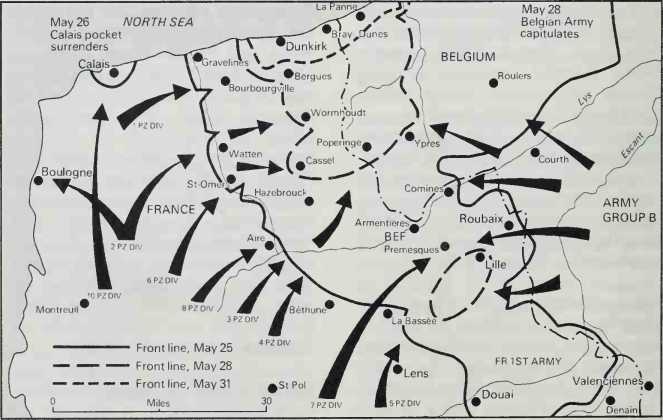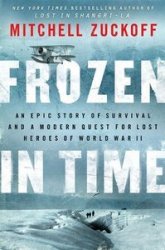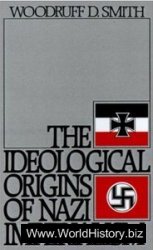Fourteen Points. Announced to Congress by President Wilson on January 8 1918. these constituted the American view of the main elements which were to compose the peace settlement. They were:
(1) treaties and diplomacy must be open and public: (2) the freedom of the seas must prevail outside territorial waters; (3) trade barriers should be reduced or removed; (4) nations should disarm to provide only for domestic security; (5) colonial claims should be adjusted in accordance with the interests of the indigenous populations; (6) Russia should be welcomed into the international fraternity and her territory evacuated by foreign occupiers; (7) Belgian sovereignty should be restored; (8) France should be restored to her pre-1870 sovereignty; (9) the Italian frontiers should be drawn on the principle of the nationalities concerned; (10) Austro-Hungarian territories should be afforded autonomous development; (11) Romanian, Serbian and Montenegrin sovereignty should be restored and guarantees afforded to the Balkan states generally; (12) Turkish sovereignty over Turks should be guaranteed but non-Turkish Ottoman subjects should be afforded autonomous development, and freedom of navigation in the Dardanelles should be assured; (13) Polish national independence should be guaranteed and (14) an international association of states should be formed to protect the interests of the large and the small nations alike. ANF.
Fourteenth Air Force (US). Activated in March 1943 to augment 10th Air Force. Formed in South China from original China Air Task Force of 1942 (Commander Maj Gen Claire Chennault) and adopted the famous “Flying Tiger” badge; 14th Air Force operated over huge area of Southeast Asia, making bombing attacks against targets in Indochina, North Burma, the Formosan Straits and Thailand from its clutch of bases around Kunming. Its training and maintenance bases were in North India.
Fourteenth Army (Burma campaign, 1941-45). Formed October 1943 from what was previously Eastern Army under ghq India and placed under the orders of Adm Mountbatten as the major element in South East Asia Command. Fourteenth Army was responsible for a front of 700 miles (1,130km) along the Assam-Burma border. Its commander was Lt Gen Slim, and his main formations were iv Corps (Lt Gen G Scoones, 1943—44, Lt Gen F W Messervy, 1944-45, XV Corps (Lt Gen Sir Philip Christison), XXIII Corps (Lt Gen M G N Stopford). The army fought a prolonged defensive battle in 1944 (see kohi-ma). After the successful outcome. Slim and his three Corps commanders were knighted on Imphal plain. The offensive was taken early in 1945 with 14 divisions (9 Indian, 3 African, 2 British). After the thrust down from Mandalay to Rangoon, Twelfth Army took over in Burma from Fourteenth Army (June 1 1945) when Slim and his staff were withdrawn to plan the invasion of Malaya. HT.
Fourth Army (US). Primarily concerned with the defence of the Pacific coast and Alaska during World War II. It supplied staff for newly formed armies and helped train and equip other units. Its duties were exclusively performed in the US.
Fractional Orbital Bombardment System (FOBS). A system which puts a nuclear warhead into an orbital trajectory to send it the
, “long way” round the Earth to approach the target from an unexpected direction behind the radar early-warning screen or in a very low trajectory under the radar. On approaching the target, retro-rockets fire to bring the warhead down. The Soviet Union tested such a system on an SS-9 missile in the late 1960s but did not develop it. A complete orbit of the Earth would violate the 1966 Outer Space Treaty, prohibiting weapons of mass destruction in orbit.
France, Battle of (1940). Few campaigns between great and approximately equal powers have been decided so swiftly and conclusively as the German conquest of France in May and June 1940. For many years the myth prevailed that France and Britain had been beaten by overwhelming numerical and material odds, but it is now generally accepted that this was not the case.
On May 10 1940 Germany had 136 divisions in the West, of which 10 were armoured (Panzers). France fielded 94 divisions, Britain 10 and Belgium 21. The French had more tanks than their opponent - approximately, 3,250 against 2,500 — and their latest models, such as the Char B, were superior to anything on the German side. However, as events were to prove, the panzer divisions’ organization and doctrine gave them a decisive advantage.
Only in the air did the attacker have a clear numerical advantage — German air strength in May 1940 exceeded 3,000 aircraft (including more than 1,000 fighters
End of the first phase of the Battle of France, 1940: Allies fall back to Dunkirk





 World History
World History









